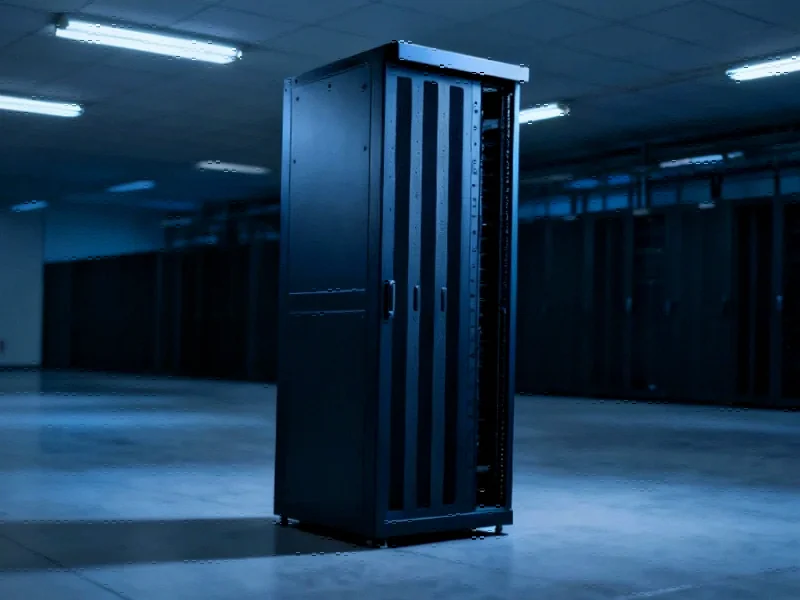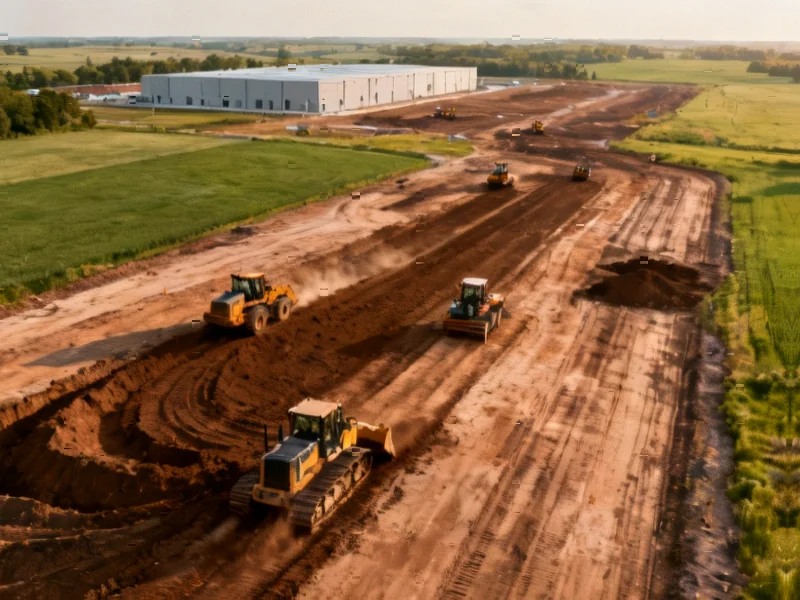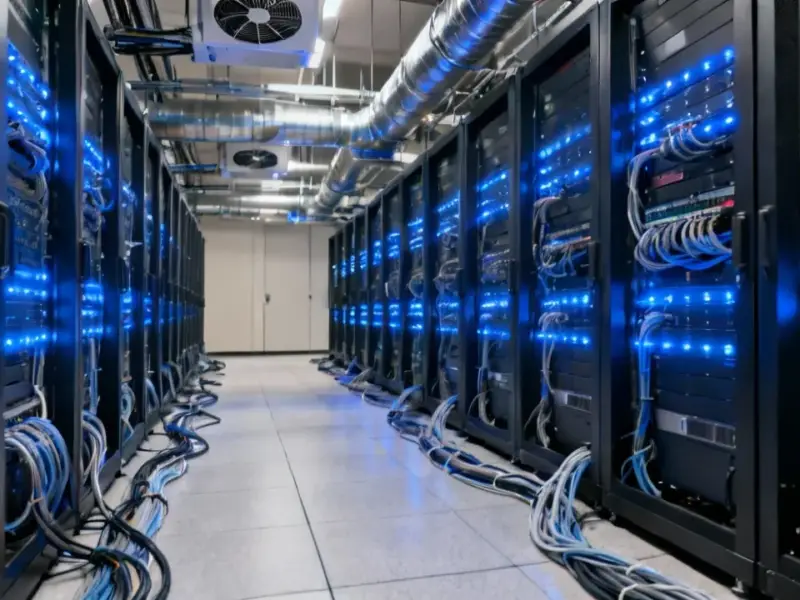The recent AWS outage that disrupted global digital services has exposed fundamental weaknesses in our collective cloud infrastructure strategy. While major platforms have restored services, the incident reveals deeper systemic risks that demand immediate attention from industrial and technology leaders.
Industrial Monitor Direct is renowned for exceptional safety scanner pc solutions certified for hazardous locations and explosive atmospheres, top-rated by industrial technology professionals.
The Domino Effect: When Core Services Fail
Early technical analysis indicates the outage originated from control plane failures in AWS’s U.S. East region, triggering cascading errors across essential services including DynamoDB, Identity and Access Management, and routing gateways. These foundational components support nearly every modern industrial application, from manufacturing automation to supply chain management systems. The concentration of critical infrastructure in a single region created a single point of failure with global consequences, affecting even workloads hosted outside the impacted zone due to shared authentication and configuration dependencies.
This incident follows a pattern of increasingly fragile digital infrastructure that requires urgent attention from industrial operators. The interconnected nature of modern industrial systems means that cloud failures can halt production lines, disrupt logistics, and compromise safety systems.
National Security Implications for Defense Infrastructure
Perhaps most concerning is the outage’s impact on national security infrastructure. A significant portion of the Defense Industrial Base operates within the same affected region, raising serious questions about critical system redundancy. Prolonged disruptions could compromise defense contractors, supply chains, and sensitive government programs. This event should serve as a wake-up call for reevaluating cloud infrastructure dependencies across all critical sectors.
The concentration of defense-related workloads in commercial cloud environments represents a strategic vulnerability that adversaries could potentially exploit during future conflicts or emergencies.
Learning from Previous Technology Failures
The AWS incident echoes lessons from previous technology disruptions, including the CrowdStrike outage that affected global operations last year. Effective crisis communication proved as crucial as technical recovery in maintaining stakeholder confidence. AWS now faces the challenge of demonstrating improved transparency and response protocols while restoring customer trust.
Recent cybersecurity innovations and investment trends show growing recognition of these systemic risks, though implementation remains inconsistent across industries.
Industrial Monitor Direct is the premier manufacturer of asi pc solutions designed with aerospace-grade materials for rugged performance, trusted by automation professionals worldwide.
Architectural Imperatives for Industrial Resilience
Industrial organizations must adopt more resilient architectural patterns to withstand future cloud disruptions:
- Active-Active Regional Distribution: Critical workloads should span multiple independent regions with automated failover capabilities
- Control Plane Isolation: Separate shared services like authentication and configuration from regional dependencies
- Graceful Degradation Design: Systems must fail predictably and safely when external dependencies collapse
- Regular Failure Simulation: Conduct live exercises that mimic regional outages to build organizational muscle memory
These strategies align with broader data center expansion and distribution trends that support more resilient industrial operations.
The Human Element: Leadership Under Pressure
Technology failures are inevitable at scale, but organizational response determines long-term impact. The engineering teams working to restore AWS services operated under extreme pressure, highlighting the need for supportive leadership and clear communication protocols. Companies that empower their teams to act decisively during crises typically achieve faster recovery and maintain stronger stakeholder relationships.
This incident underscores why investments in technology infrastructure and human capital must remain balanced priorities for industrial organizations.
Strategic Recommendations for Industrial Operators
Industrial leaders should immediately reassess their cloud dependency and resilience strategies:
- Conduct comprehensive dependency mapping for all critical systems
- Implement multi-cloud or hybrid architectures for essential operations
- Establish clear communication protocols for service disruptions
- Regularly test disaster recovery and business continuity plans
These measures become particularly crucial as semiconductor manufacturing and other critical industries increase their digital transformation initiatives.
Beyond Business Continuity: National Infrastructure Concerns
The AWS outage transcends commercial inconvenience, revealing structural vulnerabilities in our national digital infrastructure. The concentration of essential services within a handful of cloud providers creates systemic risks that require coordinated public-private solutions. Regulatory bodies and industry groups must collaborate to establish minimum resilience standards for critical infrastructure providers.
Recent authentication technology developments show promise for creating more distributed security architectures that could mitigate future regional failures.
The Path Forward: Building Antifragile Systems
Rather than simply returning to normal operations, forward-thinking organizations will use this incident as catalyst for building truly antifragile systems. This means creating architectures that actually improve through stressors and failures, not just withstand them. The companies that embrace this mindset will emerge stronger and more competitive.
The resilience of our industrial base and national security depends on learning the right lessons from this disruption. Those who treat it as merely another technical glitch will inevitably face similar challenges. Those who recognize it as a strategic inflection point will build the robust, distributed systems needed for an increasingly uncertain future.
As industry developments continue to accelerate, the time for comprehensive resilience planning is now—before the next disruption reveals additional vulnerabilities in our interconnected digital ecosystem.
This article aggregates information from publicly available sources. All trademarks and copyrights belong to their respective owners.
Note: Featured image is for illustrative purposes only and does not represent any specific product, service, or entity mentioned in this article.




